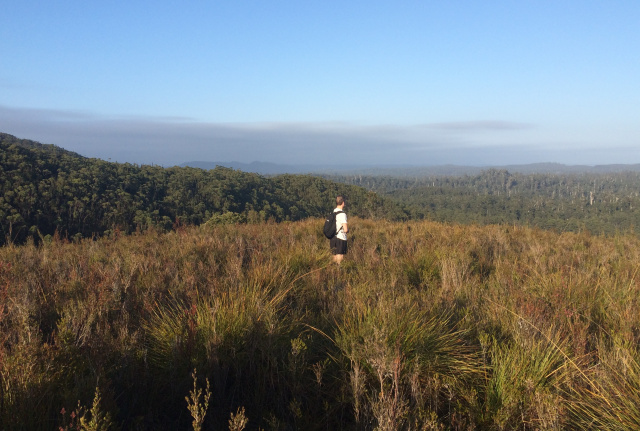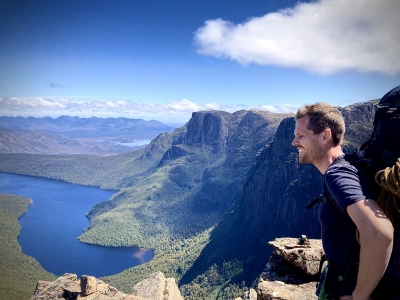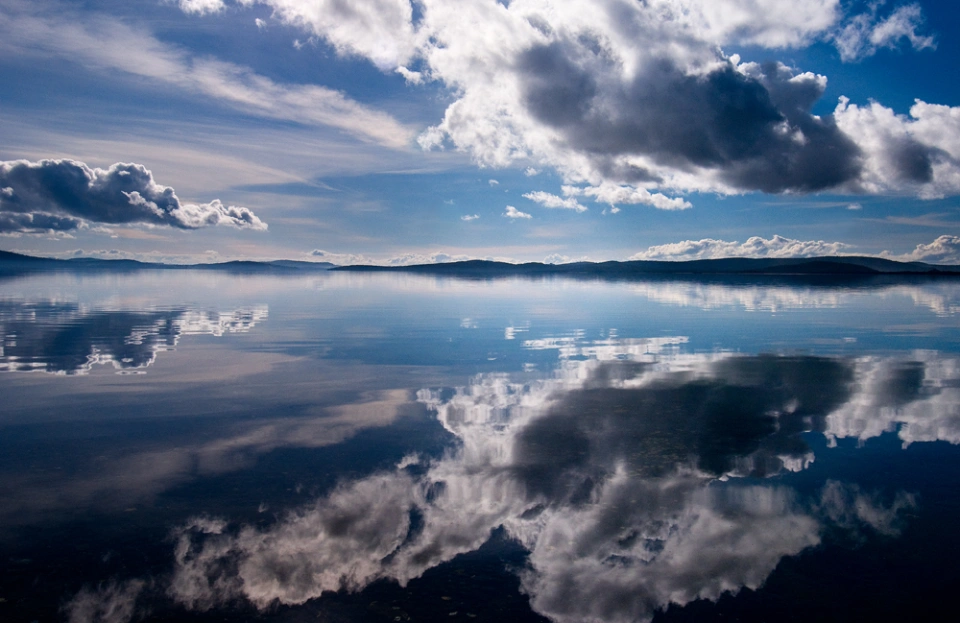Walk Grades on Kuno
A summary of the Australian Walking Track Grading System grades are as follows:
Grade 1: No bushwalking experience required. Flat even surface with no steps or steep sections. Suitable for wheelchair users who have someone to assist them.
Grade 2: Suitable for most ages. The track has a hardened or compacted surface that may have a gentle hill section or sections, and occasional steps.
Grade 3: Some bushwalking experience recommended. Tracks may have short steep hill sections, a rough surface and many steps.
Grade 4: Bushwalking experience recommended, as navigation and technical skills are required. Tracks may be long, rough and very steep. Directional signage may be limited. Rock scrambling or river crossings may be required.
Grade 5: Only suitable for very experienced bushwalkers with specialised skills, including map and compass navigation and emergency first aid. Tracks are likely to be very rough, very steep and unmarked. Rock scrambling and river crossings may be required.
More details about the Australian Walking Track Grading System can be found here.
"I took a walk in the woods and came out taller than trees." - Henry David Thoreau


Phill Pullinger
A summary of the Australian Walking Track Grading System grades are as follows:
Grade 1: No bushwalking experience required. Flat even surface with no steps or steep sections. Suitable for wheelchair users who have someone to assist them.
Grade 2: Suitable for most ages. The track has a hardened or compacted surface that may have a gentle hill section or sections, and occasional steps.
Grade 3: Some bushwalking experience recommended. Tracks may have short steep hill sections, a rough surface and many steps.
Grade 4: Bushwalking experience recommended, as navigation and technical skills are required. Tracks may be long, rough and very steep. Directional signage may be limited. Rock scrambling or river crossings may be required.
Grade 5: Only suitable for very experienced bushwalkers with specialised skills, including map and compass navigation and emergency first aid. Tracks are likely to be very rough, very steep and unmarked. Rock scrambling and river crossings may be required.
More details about the Australian Walking Track Grading System can be found here.
"I took a walk in the woods and came out taller than trees." - Henry David Thoreau

Love what you're reading? Support Kuno donate to support them now
Donate hereYou might like...

How to save life on Earth

Retrospective Exhibition- Warwick Berry (1951-2023)

The purest version of happiness

Saving the headland in the Harbour
Newsletter
Sign up to keep in touch with articles, updates, events or news from Kuno, your platform for nature
